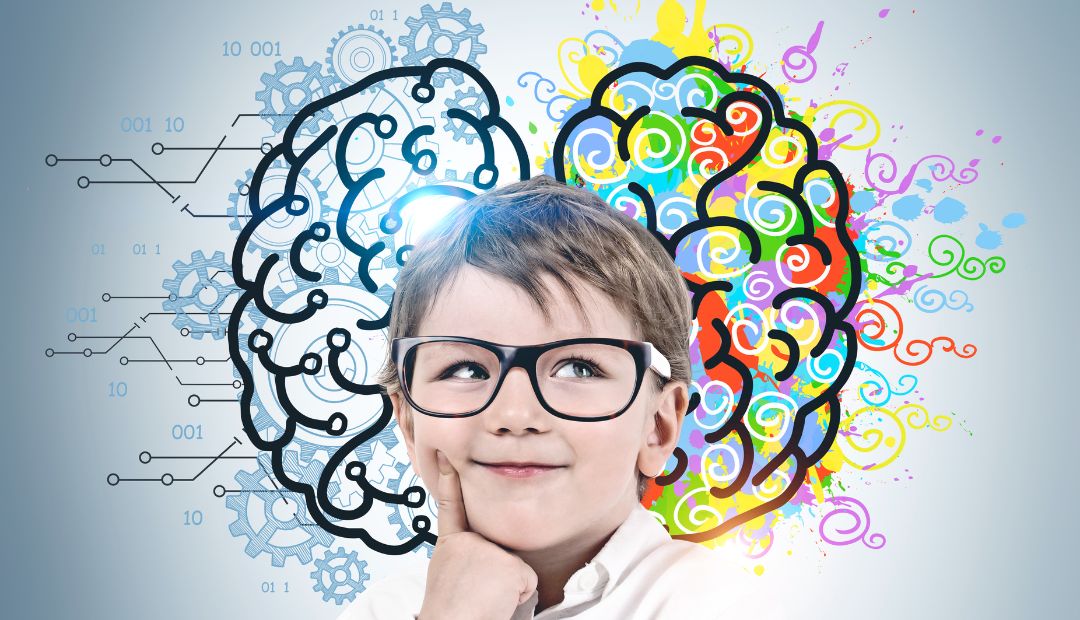
Exploring the Link Between Essential Elements and Autism Spectrum Disorder: A Study Review

The answer was given by this study: Associations of essential element serum concentrations with autism spectrum disorder – Jing Wu at al.
Introduction:
Autism Spectrum Disorder (ASD) is a complex neurodevelopmental disorder characterized by impaired social communication, repetitive behaviors, and restricted interests. The etiology of ASD is not fully understood, and emerging research suggests that environmental factors, including exposure to essential elements, may play a role in its development. This study by Jing Wu et al. aims to investigate the associations between serum concentrations of essential elements and ASD.
Methods:
The study involved a case-control design, comparing serum concentrations of essential elements in children diagnosed with ASD (cases) to typically developing children (controls). The participants were recruited, with both groups matched for age, sex, and other relevant variables.
The researchers collected blood samples from each participant and measured the serum concentrations of essential elements, including zinc, copper, iron, selenium, and manganese, using advanced analytical techniques.
Results:
The study revealed significant differences in serum concentrations of essential elements between the ASD group and the control group. Notably, the levels of zinc and copper were found to be markedly lower in children with ASD compared to typically developing children.
Conversely, iron and manganese concentrations were significantly higher in the ASD group. Interestingly, no significant differences were observed in serum selenium levels between the two groups.
Discussion:
The findings of this study suggest potential associations between altered essential element concentrations and the presence of ASD. The lower levels of zinc and copper in children with ASD are particularly intriguing, as these elements play crucial roles in various physiological processes, including antioxidant defense, synaptic transmission, and neurotransmitter synthesis.
The imbalance of zinc and copper has been implicated in impaired cognitive and behavioral functions, which are prominent features of ASD. The elevated serum iron and manganese concentrations in children with ASD raise questions about the possible impact on neurodevelopment.
Iron is essential for brain growth and development, but excessive iron levels have been linked to oxidative stress and neurotoxicity. Similarly, manganese is vital for neuronal function, but an excess can lead to neuroinflammation and neurodegeneration.
Limitations and Future Directions:
Although this study provides valuable insights into the associations between essential element concentrations and ASD, it is not without limitations. The sample size was relatively small, and additional studies with larger cohorts are needed to validate these findings.
Conclusion:
The study by Jing Wu et al. sheds light on the potential role of essential elements in the pathogenesis of ASD. Altered serum concentrations of iron, manganese, zinc and copper, may contribute to neurodevelopmental abnormalities seen in children with ASD.
Further research in this area is crucial for a comprehensive understanding of the environmental factors that influence ASD risk and may pave the way for targeted interventions to improve the lives of individuals affected by this complex disorder.
Resources













